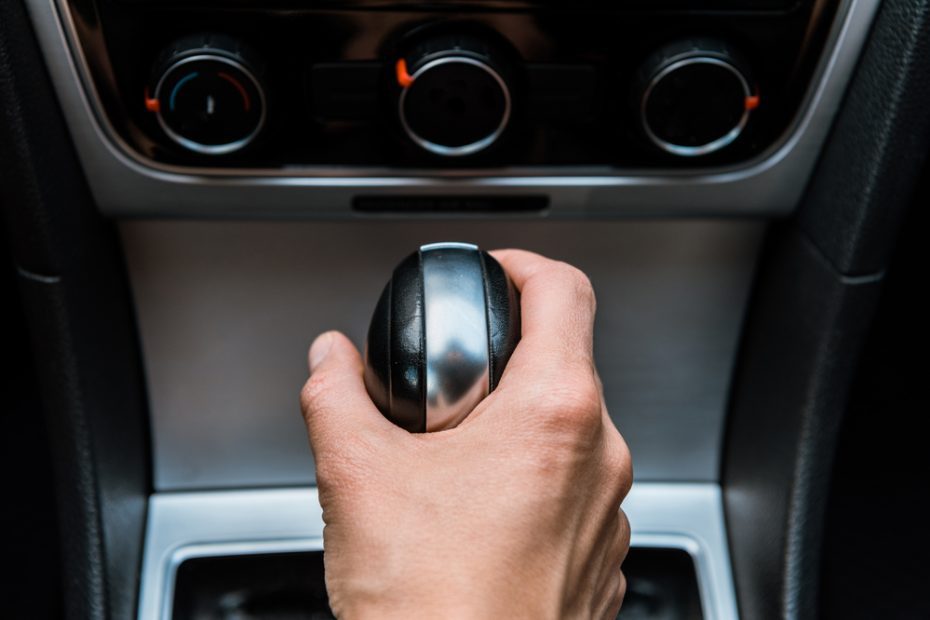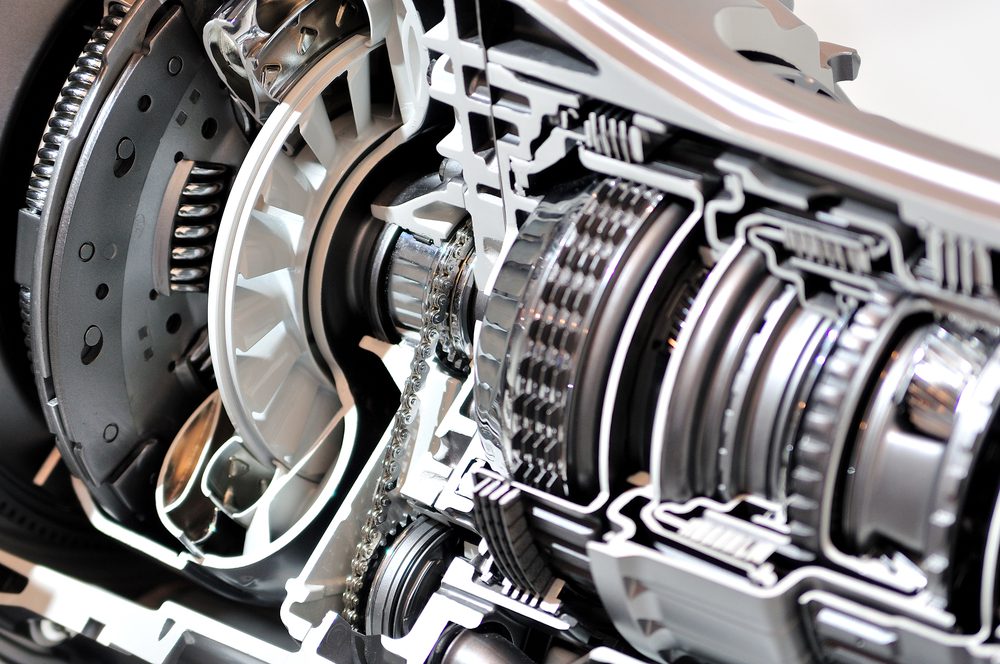How do I reset my TCM transmission?
Introduction
If you are experiencing issues with your vehicle’s transmission, resetting the Transmission Control Module (TCM) might be a solution worth considering. The TCM is responsible for managing and regulating the operation of your car’s automatic transmission. Resetting the TCM can sometimes help resolve certain problems or reestablish the communication between the TCM and other components of the transmission system. In this article, we will explain what a TCM is, why you might need to reset it, and provide step-by-step guidance on how to perform a TCM reset.
What is a Transmission Control Module?
The Transmission Control Module, commonly known as the TCM, is an integral part of your vehicle’s transmission system. It is an electronic device that receives data from various sensors throughout the vehicle and uses this information to control the shifting of gears in an automatic transmission. The TCM ensures smooth gear changes, optimal shift points, and efficient operation of the transmission.
Reasons for Resetting the TCM
There are several reasons why you might need to reset the TCM of your vehicle’s transmission. These include:
- Improving performance: Resetting the TCM can help improve the overall performance of your vehicle by recalibrating the transmission system.
- Fixing transmission-related issues: If you are experiencing problems such as erratic shifting, delayed engagement, or harsh gear changes, resetting the TCM might help resolve these issues.
- Clearing error codes: Sometimes, the TCM may store error codes related to past malfunctions. Resetting the TCM can clear these codes and potentially resolve any associated problems.
How to Reset the TCM
Performing a TCM reset can vary depending on the make and model of your vehicle. However, here is a general step-by-step guide that should give you a good starting point:
- Step 1: Start by locating the diagnostic port in your vehicle. It is typically located under the dashboard on the driver’s side.
- Step 2: Connect an OBD-II scanner to the diagnostic port. These scanners are widely available and can be purchased or borrowed from auto parts stores.
- Step 3: Turn on the ignition without starting the engine. The scanner should power on and establish a connection with the TCM.
- Step 4: Use the scanner to navigate to the “TCM” or “Transmission” section. Look for an option to reset or clear the TCM codes.
- Step 5: Follow the on-screen prompts to initiate the TCM reset. This may involve confirming your selection and waiting for the process to complete.
- Step 6: Once the reset is complete, turn off the ignition and disconnect the scanner from the diagnostic port.
Note: It is important to consult your vehicle’s manual or seek professional advice for specific instructions related to your make and model.
How do you reset the TCU?
The Transmission Control Unit (TCU) is an essential component of your vehicle’s transmission system. It is responsible for controlling and managing the shifting of gears, ensuring smooth operation and optimal performance. However, there may be times when your TCU needs to be reset to resolve certain issues or improve its functionality. Here’s a step-by-step guide on how to reset the TCU:
1. Locate the OBD-II Port
The OBD-II port is usually located under the dashboard on the driver’s side. It’s a standardized diagnostic connector that allows access to the vehicle’s onboard computer systems.
2. Connect an OBD-II Scanner
Plug an OBD-II scanner into the port. These scanners are widely available and can be purchased online or at automotive stores. Ensure that the scanner is compatible with your vehicle’s make and model.
3. Access TCU Reset Function
Once connected, power on the scanner and navigate through the menu to find the TCU reset function. The exact procedure may vary depending on the scanner brand and model. Consult the user manual if needed.
4. Follow the On-Screen Instructions
The on-screen instructions will guide you through the TCU reset process. Make sure to carefully follow each step to avoid any errors.
5. Wait for the Reset to Complete
After initiating the reset, wait for the process to complete. This typically takes a few minutes, during which the scanner communicates with the TCU and restores it to its default settings.
6. Disconnect the Scanner
Once the reset is finished, safely disconnect the OBD-II scanner from the port.
7. Start the Vehicle
Start your vehicle and allow it to run for a few minutes to ensure that the TCU has been successfully reset.
8. Test Drive
Take your vehicle for a short test drive to evaluate the performance of the transmission. Pay attention to any unusual shifting patterns or problems that may still persist.
9. Seek Professional Assistance if Necessary
If the TCU reset doesn’t resolve the issues or if you encounter any complications during the process, it is recommended to seek professional assistance from a qualified mechanic or an authorized service center.
10. Regular Maintenance and Care
Remember that proper maintenance and care of your vehicle’s transmission system are crucial to prevent recurring issues. Follow the manufacturer’s recommended maintenance schedule and keep an eye out for any abnormal behavior.
Note: It’s important to note that performing a TCU reset should be done with caution and only when necessary. If you’re unsure or uncomfortable with resetting the TCU yourself, it’s always best to consult a professional.
How do I reset my control unit?
Resetting the control unit of your vehicle can help resolve certain issues and restore its optimal performance. Here are some steps you can follow to reset your control unit:
1. Locate the control unit
The control unit is usually found under the dashboard or in the engine compartment. Refer to your vehicle’s manual to find its exact location.
2. Disconnect the battery
Before resetting the control unit, make sure to disconnect the negative terminal of the battery. This will prevent any potential damage during the process.
3. Wait for a few minutes
After disconnecting the battery, wait for at least 5 minutes. This will ensure that all residual power is drained from the control unit.
4. Reconnect the battery
Once the waiting period is over, reconnect the negative terminal of the battery. Ensure that it is securely fastened.
5. Turn on the ignition
Turn the ignition key to the “On” position without starting the engine. This will power up the control unit.
6. Wait for the control unit to reset
Allow the control unit to reset itself. This may take a few minutes, during which you should avoid touching any controls or starting the engine.
7. Start the engine
After the control unit has finished resetting, start your vehicle’s engine as usual.
This simple reset procedure may help resolve minor issues with your control unit. However, if the problem persists, it is recommended to consult a professional mechanic or contact the manufacturer for further assistance.
Remember, performing a control unit reset may vary depending on the vehicle make and model. Always refer to your vehicle’s manual or seek professional advice if unsure.
How long does it take for a transmission to relearn?
When resetting the Transmission Control Module (TCM) on your vehicle, it will need to relearn various parameters in order to function properly. These parameters include shift points, torque converter lock-up, and pressure control. The length of time it takes for the transmission to relearn these parameters can vary depending on several factors.
Driving Patterns
One factor that can affect the relearning process is your driving patterns. If you drive mainly in stop-and-go traffic or have a heavy foot on the accelerator, it may take longer for the transmission to relearn as it needs to adapt to your specific driving style.
Vehicle Type
The type of vehicle you have can also impact the relearning time. Some vehicles have complex transmission systems with advanced electronic control units, which may require more time for the TCM to relearn all the necessary parameters.
Adaptive Learning
Modern transmissions are equipped with adaptive learning capabilities, which means they can adjust their shift patterns based on your driving habits. This adaptive learning process can take anywhere from a few minutes to a few days, depending on the vehicle and driving conditions.
It is important to note that during the relearning process, you may experience some unusual shifting behavior or hesitation. This is normal as the TCM tries to adapt to the new settings.
Recommended Timeframe
While there is no specific timeframe for the transmission to relearn, it is generally recommended to drive the vehicle for at least 30 minutes to an hour after resetting the TCM. This allows the TCM to gather enough data and make the necessary adjustments.
Conclusion
Resetting the TCM in your vehicle is a common procedure that may be necessary for various reasons. While the transmission relearning process can vary depending on driving patterns, vehicle type, and adaptive learning capabilities, it is important to allow sufficient time for the TCM to adjust. By following the recommended timeframe and being patient with any initial shifting irregularities, you can ensure that your transmission operates smoothly and efficiently.



